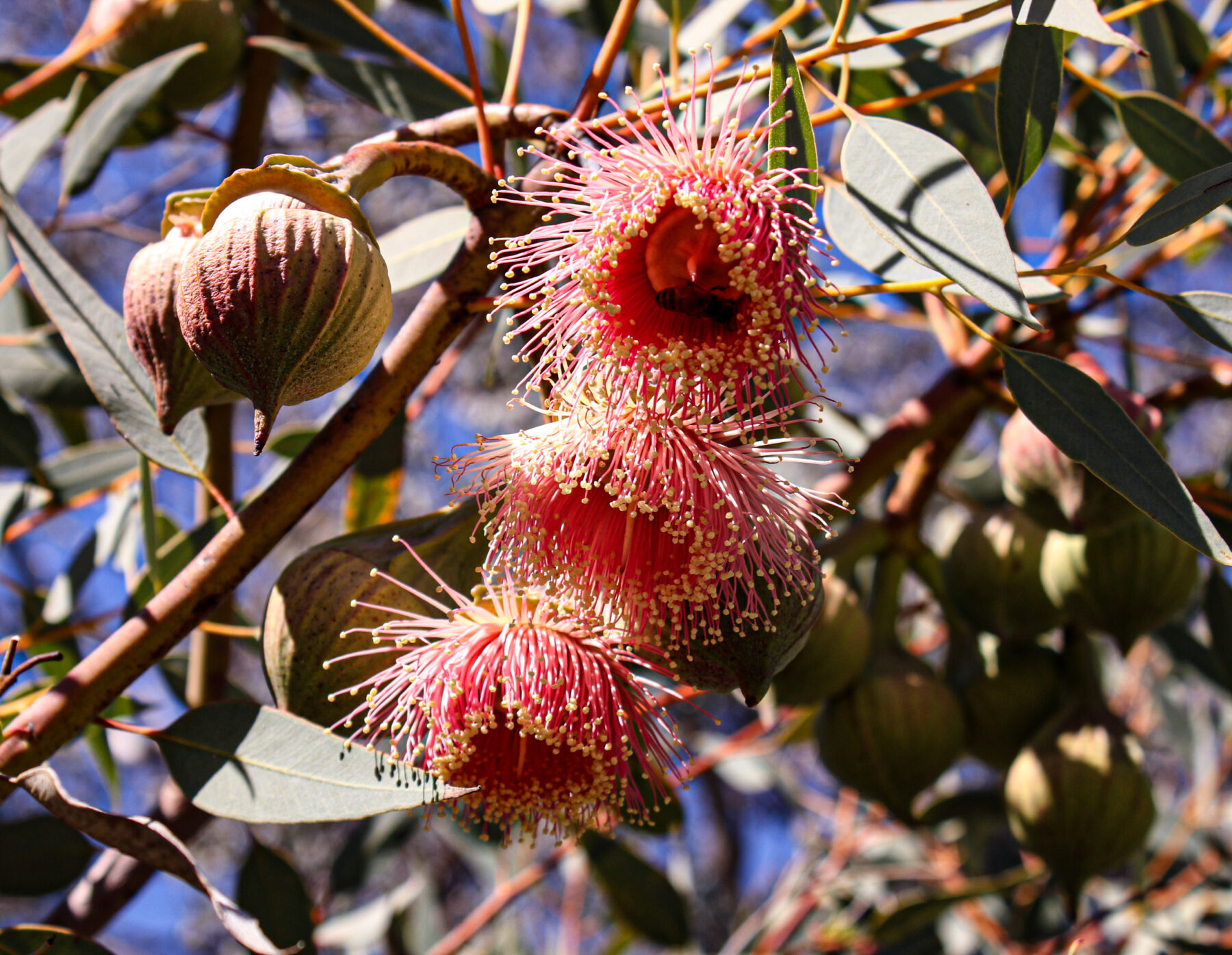For the love of Mallee

Roger Smith
Roger Smith

I’d like to share a childhood experience I had with a malleefowl (Leipoa ocellata), one of the world’s rarest and most elusive bird species. It was an encounter that changed my life.
Of the many places I’ve lived and travelled, the Mallee region, in north-western Victoria, has made the greatest impression on me. The region takes its name from the mallee ecosystems that prevail there. This is dominated by small, multi-stemmed trees and shrubs of the genus Eucalyptus that are highly adapted to the hot, dry conditions of Australia’s arid areas. More than 35 per cent of all mallee vegetation has been cleared for agriculture, urban development or mining.
My family has a farm in the Mallee, and as a child, I was lucky to be able to spend countless days wandering through mallee forest, often alone, discovering the magic of this stunning arid vegetation. I fell in love with it.


If you’ve never spent time in a mallee habitat, you may not appreciate its breadth and depth. I revelled in its purity and complexity…and still do. But the Mallee region is tough on people and wildlife.
Mallee summers can be furnaces. Months go by when the deep blue sky, sun and relentless high temperatures overwhelm everything. On very hot nights, to escape the heat, we slept on beds scattered randomly on our verandah. We awoke to see the sun burning its way into the sky in vibrant reds and pinks, reflected on the breasts of the galahs waking in the sugar gums near our house.
Galahs somehow thrive in the Mallee heat – they’re everywhere and they are my favourite bird, because of their madness (that is contradicted by their intelligence).
But another, far rarer, bird – the malleefowl – rules Mallee mythology and miraculously defies the Mallee summers, but not predation by introduced animals and land clearing.
My first encounter with one of these stunning birds was in what’s known as Big Desert, a remote and sandy scrub area near where Victoria’s Mallee region meets the South Australian border. Startled by my approach, a crested pigeon had whirled away, flying low, drawing my attention to a movement in the scrub. There, right in front of me, was one of the world’s rarest creatures: a malleefowl. I froze, stunned by its sparkling beauty as this seemingly diamond-encrusted apparition strolled through a clearing, into the bush and transitioned into nothing. I searched everywhere but never saw it again.
I knew malleefowl were rare, even then, many decades ago. Cats, foxes and farming had decimated a thriving population that once covered a vast swathe of southern Australia from New South Wales across to Western Australia. These days this ground-dwelling species, in which the males and females build and studiously maintain large, elaborate mound nests of sand and vegetation, has become even rarer due mostly to predation by feral predators.
At that childhood moment a flame began to burn within me. As I grew older, this developed into a passion to share the bush with others and help them learn how to protect not only malleefowl but all Australia’s magnificent wildlife and wild places.
With Australian Geographic Travel not only can you experience stunning locations such as the Mallee, but you also can help conserve it.
Read more from Roger’s Treading Lightly column.




